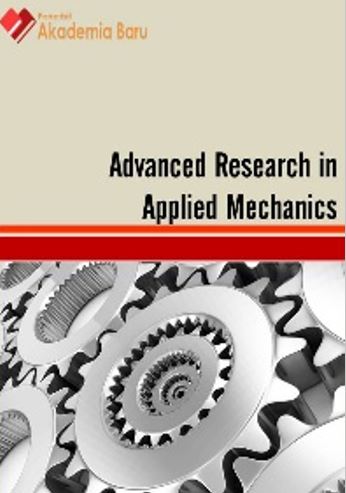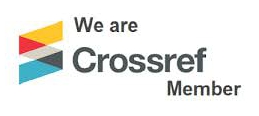Precast Concrete Tunnel Segments: A Review on Current Research
DOI:
https://doi.org/10.37934/aram.64.1.716Keywords:
segmental lining, longitudinal seam, finite element, flexural testAbstract
Tunnel lining design is an interactive problem, which is not merely about the strength, but how much the tunnel allows to flexure to overcome the ground movement. When tunnel interacts with soil, stress from the ground is distributed into the structure. In the case of precast segmental bolted tunnel lining, it is critical to investigate the lining joints reaction, as this affects the overall flexural behaviour of tunnel lining. Understanding the segmental behaviour is important to optimize the design of lining, lead to cost effective production and maintain the good services during its design life. The objective of this paper is to present a short review on research works conducted in the past pertaining on joint effect in longitudinal seam in tunnel lining. Review on numerical simulations and laboratory testing were carried out in order to understand the basis of tunnel lining mechanical behaviour response. A series of flexural bending laboratory testing conducted by the authors were also presented to discuss on the mechanics of segmental tunnel lining along the longitudinal joints. In conclusion, results indicate that the measured curvatures and deflections are nonlinearly changed with the increased of applied loads. Difference support systems show appropriate joints could help reduce the maximum moment but an excessive allowable joint movement could lead to high flexural moment which could endanger the global structure stability.








